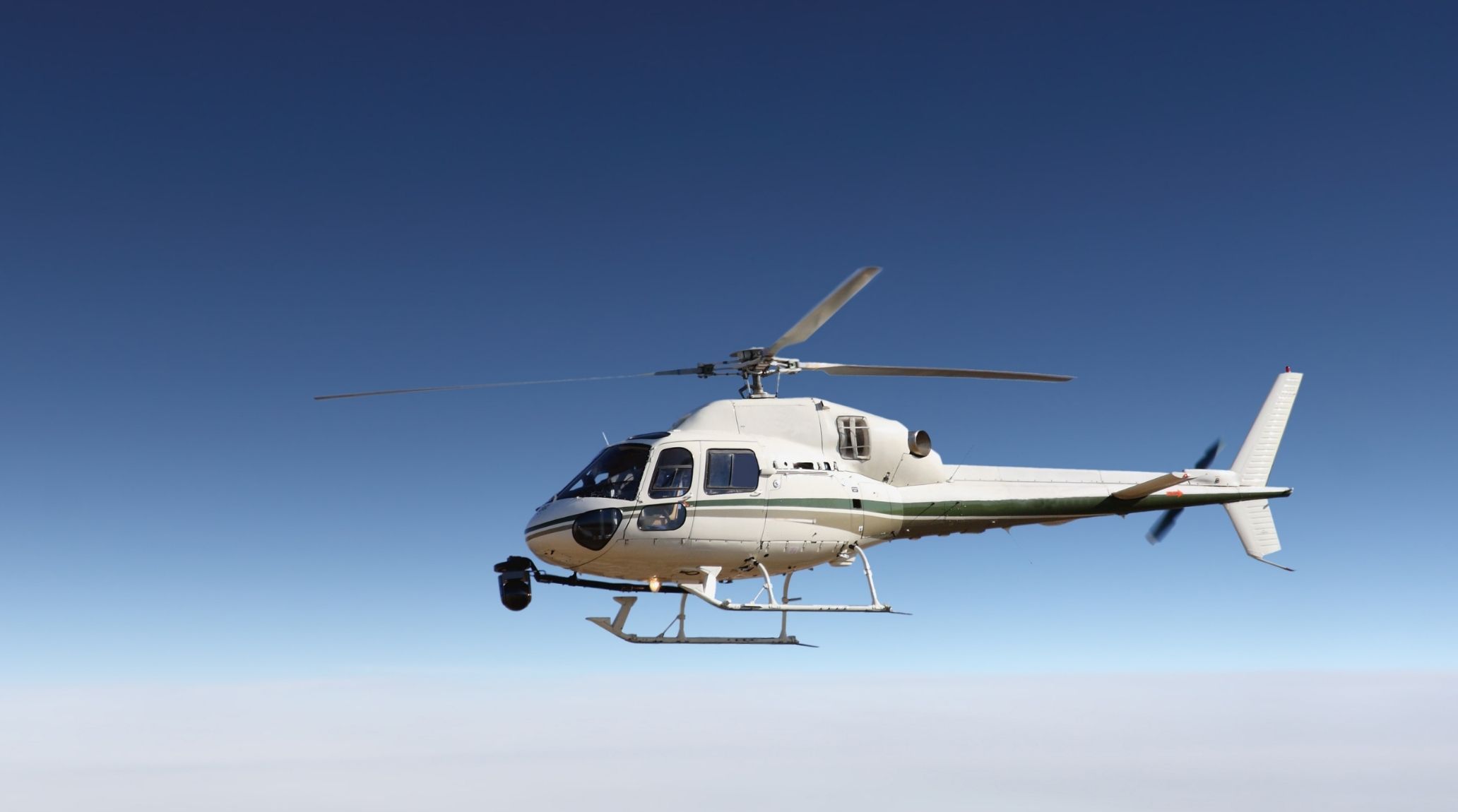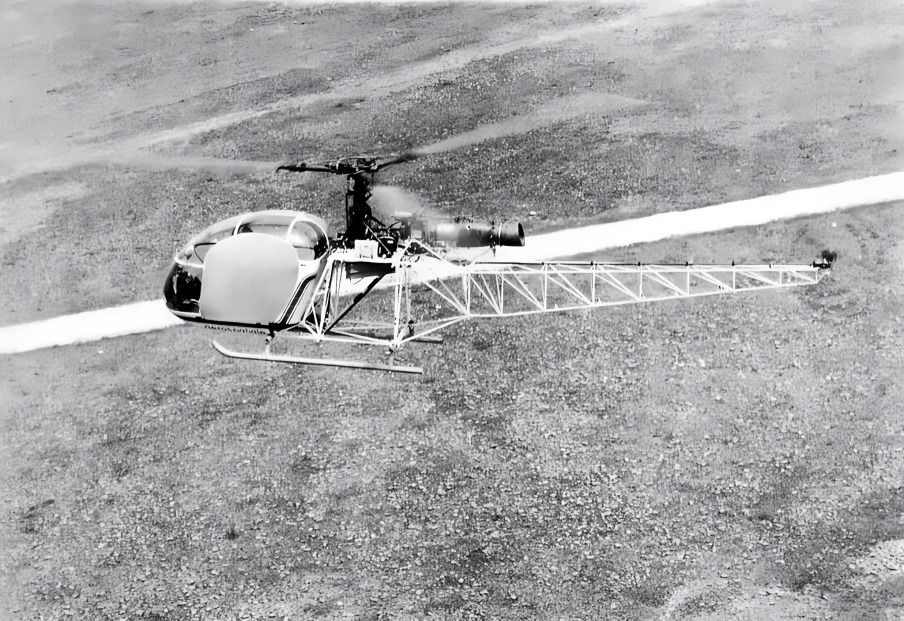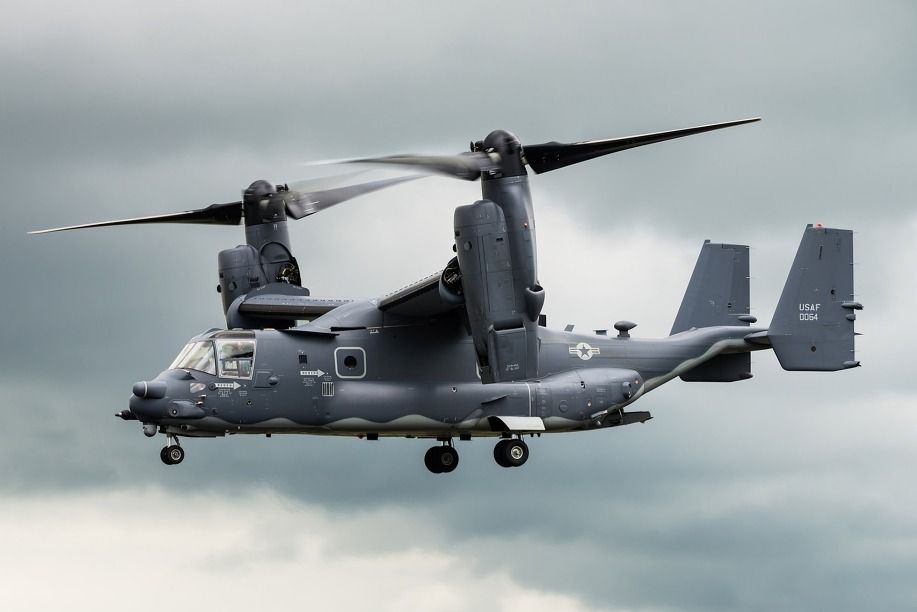
“
Explore the captivating realm of helicopters through our deep dive into Incredible Facts About Helicopters. Discover remarkable records and innovative designs that highlight the blend of engineering brilliance and adventurous flight. Discover how these versatile machines can navigate tight spaces, set speed records, and even soar to the heights of Mt. Everest. Whether it's the awe-inspiring Mil V-12 or the pioneering Mars helicopter, this journey uncovers the extraordinary achievements and innovations that define the world of rotorcraft. Buckle up for a thrilling ride through the remarkable feats and hidden wonders of helicopters!1
1
”
Helicopters are among the few aircraft capable of vertical takeoff and landing. This unique ability enables them to operate in confined spaces, such as urban areas and small helipads, where traditional airplanes cannot land or take off.1
The first successful helicopter flight was accomplished by Igor Sikorsky in 1939 with his design, the VS-300. This prototype laid the groundwork for many of today's modern helicopters, establishing key design principles still in use. 2

The Mil V-12, the largest helicopter ever built, boasted a staggering take-off weight of 105,000 kg (321,485 lb), far surpassing the Boeing CH-47F Chinook’s 22,680 kg (50,000 lb). This Soviet marvel first took to the skies on July 10, 1968.
Helicopter rotor blades can spin at speeds of up to 500 miles per hour. This rapid rotation is crucial for generating the lift required to keep the helicopter airborne, making it a key component of helicopter flight dynamics.3
On August 11, 1986, John Trevor Eggington and Derek J. Clews shattered the speed barrier with a Westland Lynx, reaching a remarkable 400.87 km/h (249.09 mph) over Glastonbury, Somerset. This remains the official FAI speed record for helicopters.4
Helicopters are known by several nicknames, including "chopper," "helo," "copter," "heli," and "whirlybird." These informal terms reflect the versatile and widely recognized nature of helicopters in both everyday conversation and professional settings.5

Jean Bouletan set the record for the highest altitude achieved in a helicopter, reaching 12,442 m (40,820 ft) in an Aérospatiale SA315B 'Lama' on June 21, 1972, above Istres, France.
In 1955, Jean Ross Howard Phelan founded the Whirly Girls, an organization for female helicopter pilots worldwide. Today, it boasts over 2,000 members from more than 40 countries, fostering connections and support among women in aviation.6
Keith "Kēbē" Edward Snyder amazed the world on November 8, 2022, by executing 190 spins while skysurfing over Giza, Egypt. His incredible feat, achieved at the Jump Like A Pharaoh event, set a new record in aerial spins.7
Modern helicopters use noise reduction technologies such as specially designed rotor blades and quieter engines to lower their sound. These improvements make them less disruptive to communities and enhance the overall comfort of helicopter operations in populated areas.8
On May 14, 2005, Didier Delsalle landed a Eurocopter AS 350 B3 at the summit of Mt. Everest, reaching an altitude of 8,848 m (29,029 ft). This extreme feat highlighted the challenging conditions at the top of the world.9
Firefighters use specialized helicopters to combat forest fires. Equipped with helibuckets, these helicopters drop large quantities of water to extinguish flames and prevent the fire from spreading, offering a crucial aerial advantage in firefighting efforts.10
Many believe the word "helicopter" is divided into syllables, but it actually consists of two parts: "helico," meaning spiral, and "pter," meaning wings. Together, they describe the helicopter’s design, combining spiral motion with wing-like features.11
The concept of using helicopters for medical emergencies began in the 1960s. Helicopter ambulances, also known as medevac helicopters, drastically improved emergency medical response times.12
Military helicopters like the Apache and Black Hawk feature advanced technologies for combat, including night vision and sophisticated weaponry. These innovations enable them to conduct a wide range of defense and attack missions effectively across various environments.13
The longest helicopter flight ever recorded covered over 1,000 miles, achieved by a specially modified Sikorsky S-76. This remarkable feat highlights the impressive range and endurance capabilities of modern helicopters, pushing the boundaries of what these aircraft can achieve. 14

Tiltrotor technology, exemplified by the V-22 Osprey, merges the vertical takeoff and landing abilities of helicopters with the speed and efficiency of fixed-wing aircraft. This innovative design provides versatile operational capabilities for both military and civilian uses.
The Mars helicopter Ingenuity, which traveled with the Perseverance rover, is the first aircraft to fly on another planet. Its successful flights showcase the potential of helicopters for extraterrestrial exploration and broaden our understanding of aerial capabilities beyond Earth.15
Even if a helicopter’s engine fails, it can still land safely. Thanks to autorotation, pilots can glide the helicopter to a safe landing without engine power. Regular safety and maintenance checks minimize the risk of engine failure during flights.16
In 1986, a French woman named Christiane Boucouvalas taught herself to fly a helicopter, rented one, and executed a daring escape. She flew over a prison and lifted her bank robber husband off the roof, completing an audacious rescue.17


